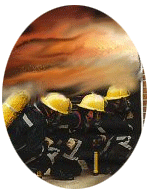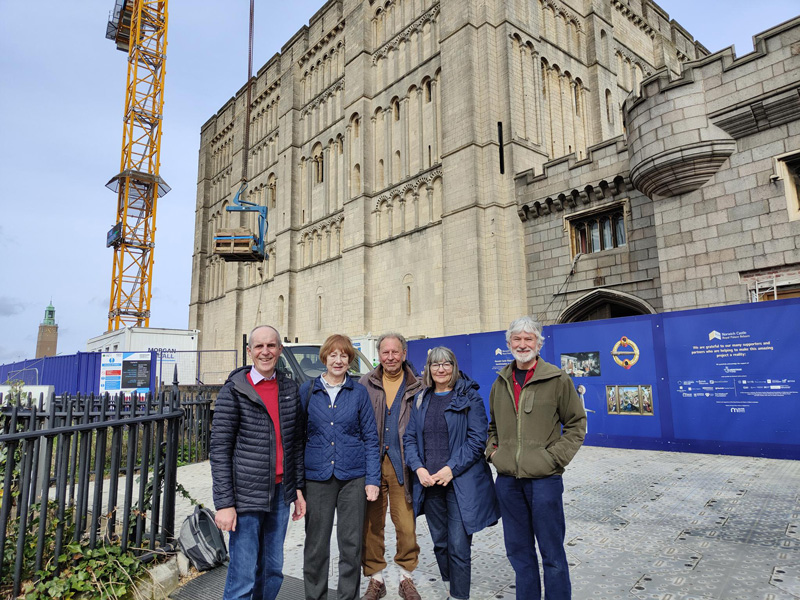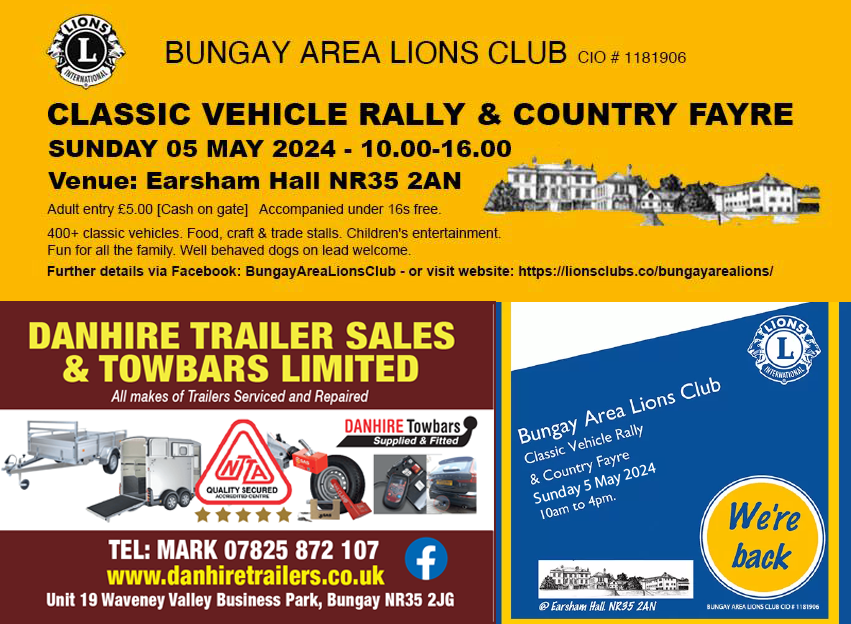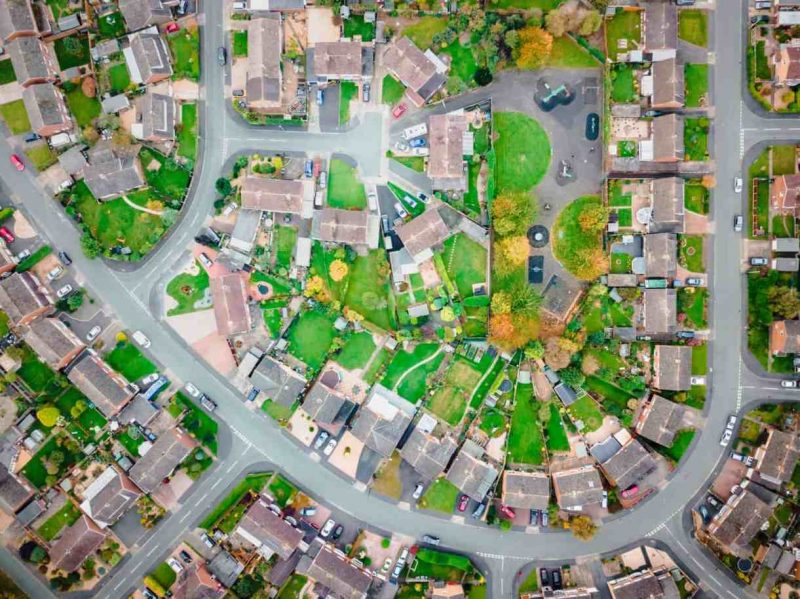being a retained FireFighter in Suffolk
 BA Risk Critical training day
BA Risk Critical training day
Every so often we have Risk Critical training. And last week we had a training day devoted to BA emergency procedures.
The Training Department had put together the day around areas that retained firefighters in Suffolk had expressed an interest in covering.
The first part of the morning was devoted to practising the exchange of air from one BA wearer to another, setting up the emergency valise and extracation from a confined space.
A situation could arise when one member of a BA team experiences loss of air, for whatever reason. The other team member needs to be able to assist their colleague and get them back on air from their own cylinder. The donor takes control, telling his oppo to take a breath and tap him on the arm when ready. On this signal the donor disconnects the face mask of the recipient from his t-piece and connects into the spare connector of his own t-piece. Now both BA wearers are breathing from the one set. It’s now time to beat a hasty retreat out of the danger area.
A similar set up is used with the emergency valise. On all BA jobs we prepare the valise and have it standing by with the emergency BA team. The valise is basically a yellow bag that is used to carry a complete BA set, the air is on and the face mask disconnected. The extended BA hose and the cylinder gauge are left protruding slightly from the valise, within easy reach of the emergency BA team.
And to round things off before tea break we watched two demonstrations of self-extracation by two of our slightly larger colleagues. The theory goes that if these two can get through the hole that measures exactly the same as an A3 piece of paper, then we all can! So, we had the pleasure of watching Cheesey and Mark struggle through a hole that’s about 12 inches by 16 inches, in full fire kit including helmet.
You get to choose whether you go through the hole feet first or head first. If you choose feet first then you have to remove your BA set and leave it next to the hole as you disappear through to the other side. You then reach through, retrieve your BA set and put it back on. And if you opt for head first you put the BA set through first and then follow it through before getting yourself together again.
The rule of thumb as to whether you will get through a hole is that if your helmet goes through, you will. In Mark’s case I think he needs to get refitted with a sombrero sized helmet! With much wriggling and plenty of caustic comments he managed to heave himself through to the other side.
After tea break we got kitted up and made our way over to the smoke house. In teams of two we found our way through the smoke and darkness to the requisite A3 hole. We took gauge readings before we started to negotiate the hole and after we got through – radioing this through to BAECO.
I was with John Hubbard who went through head first followed by me going feet first. I think I would have lost marks for technical merit but more than made up for it with artistic merit! We then continued in the direction of an activated ADSU (Automatic Distress Signal Unit). This piercing alarm indicates that a firefighter is in trouble, for any number of reasons. Our ‘man down’ was Ian Pettitt who was having problems breathing. Both John and I went through the exchange of air procedure and also supply air from the emergency BA set before heading for the exit.
The drill for the afternoon was to have us used as emergency BA teams of varying sizes. The emergency team must have the same number or more wearers than the team you are being committed to rescue. So to show the benefits and pitfalls of different sized teams, we split into teams of two, three and four.
I was in the team of four and volunteered to be Number 1 – leading the way for the team.
We were sent into the building to locate two BA wearers that were in trouble (the previous two teams had just one wearer to deal with).
I led the way in with Cheesey and Jason carrying the valise and thermal image camera and John doing hosereel management. We quickly moved around the groundfloor and arrived at the base of the stairs having followed a right-hand wall. A glance at our gauges to ensure we had enough air as we were about to change levels and then up we went. I continued on the right hand wall and, as we entered the rear room, I could faintly hear an ADSU sounding. I contacted BAECO to inform them of the ADSU and that we were making good progress towards the sound. Having traversed the rear room we found ourselves in the kitchen and found our first ‘casualty’. Ian was able to tell me that his team member was just a few feet away from him. So I left the rest of the team to sort out Ian’s air supply while I carried on and located Gary at the other end of the kitchen. He was OK to walk and I got him to hold onto my BA set as we then picked up the rest of the team to retrace our steps.
I then led the team out in what must have looked like some bizarre Conga. As Number 1 I was able to move quite swiftly, ensuring that Gary was still with me. However we soon started to drift apart from the team and we needed to wait for the rest of them to catch up.
And that was us done…
We all agreed that the course was worthwhile. Most BA jobs we go to are routine. But routine is just seconds away from potential disaster. And it’s for those occasions when this training will kick in…
– IAN CARTER (www.accessiblewebsites.co.uk)








